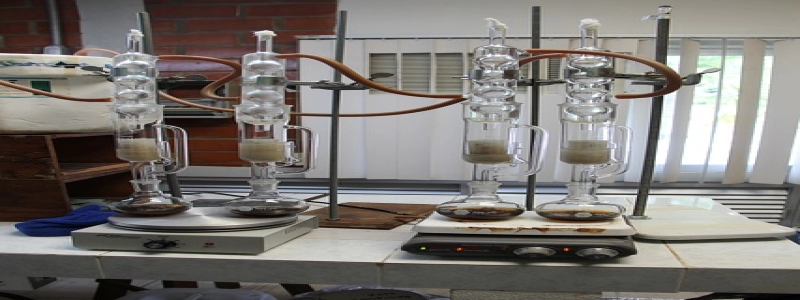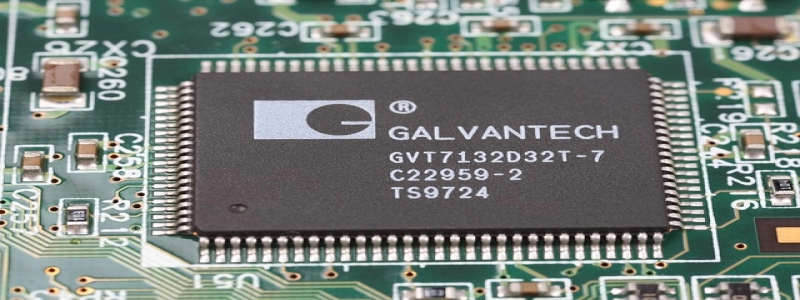Modbus TCP over Ethernet
Sissejuhatus:
Modbus TCP is a communication protocol that allows devices to communicate over Ethernet networks. It is widely used in industrial automation systems, providing a reliable and efficient means of data exchange between different devices. This article will explore the basics of Modbus TCP over Ethernet, its advantages, and its applications.
I. What is Modbus TCP?
Modbus TCP is an extension of the Modbus communication protocol, which was originally designed for serial communication. Modbus TCP enables the transmission of Modbus data packets over Ethernet networks, making it more suitable for modern industrial applications that often require fast and secure communication.
II. How does Modbus TCP work?
Modbus TCP utilizes the Transmission Control Protocol (TCP) as the transport layer protocol for data transmission over Ethernet. It encapsulates Modbus data packets into TCP packets and uses IP addresses and port numbers to identify the source and destination devices. The Modbus TCP packets are sent as messages from a Modbus client to a Modbus server, allowing for easy and efficient communication between devices.
III. Advantages of Modbus TCP over Ethernet:
1. Fast and efficient: Modbus TCP over Ethernet provides high-speed data transmission, allowing for quick exchange of information between devices. This enables real-time control and monitoring, improving the overall efficiency of industrial automation systems.
2. Skaleeritavus: Ethernet networks can support a large number of devices, making it ideal for industrial applications that require multiple devices to communicate simultaneously. With Modbus TCP, devices can easily connect to the network without the need for additional hardware or complex configurations.
3. Wide range of applications: Modbus TCP over Ethernet is used in various industries, including manufacturing, energy, and building automation. It is compatible with a wide range of devices, such as programmable logic controllers (PLCs), human-machine interfaces (HMI-d), and sensors, making it a versatile solution for different application requirements.
IV. Applications of Modbus TCP over Ethernet:
1. Remote monitoring and control: Modbus TCP allows for remote management and control of industrial processes. By connecting devices to an Ethernet network, operators can monitor and control various parameters, such as temperature, pressure, and flow, from a central location. This enables efficient troubleshooting and reduces maintenance costs.
2. Integrating systems: Modbus TCP over Ethernet provides a common communication standard that allows different devices and systems to seamlessly integrate. Näiteks, it enables the exchange of data between a PLC and an HMI, enabling operators to monitor and control processes more effectively.
3. Data collection and analysis: Ethernet networks provide a centralized platform for data collection and analysis. By using Modbus TCP, data from multiple devices can be easily collected and stored in a central database. This enables operators to analyze the data, identify trends or anomalies, and make informed decisions for process optimization.
Järeldus:
Modbus TCP over Ethernet is a powerful communication protocol that enables fast and efficient data exchange between devices in industrial automation systems. Its advantages include scalability, high-speed transmission, and compatibility with various devices. Modbus TCP over Ethernet finds applications in remote monitoring and control, system integration, and data collection and analysis. As industrial automation continues to advance, Modbus TCP over Ethernet will play an essential role in improving efficiency and productivity.








